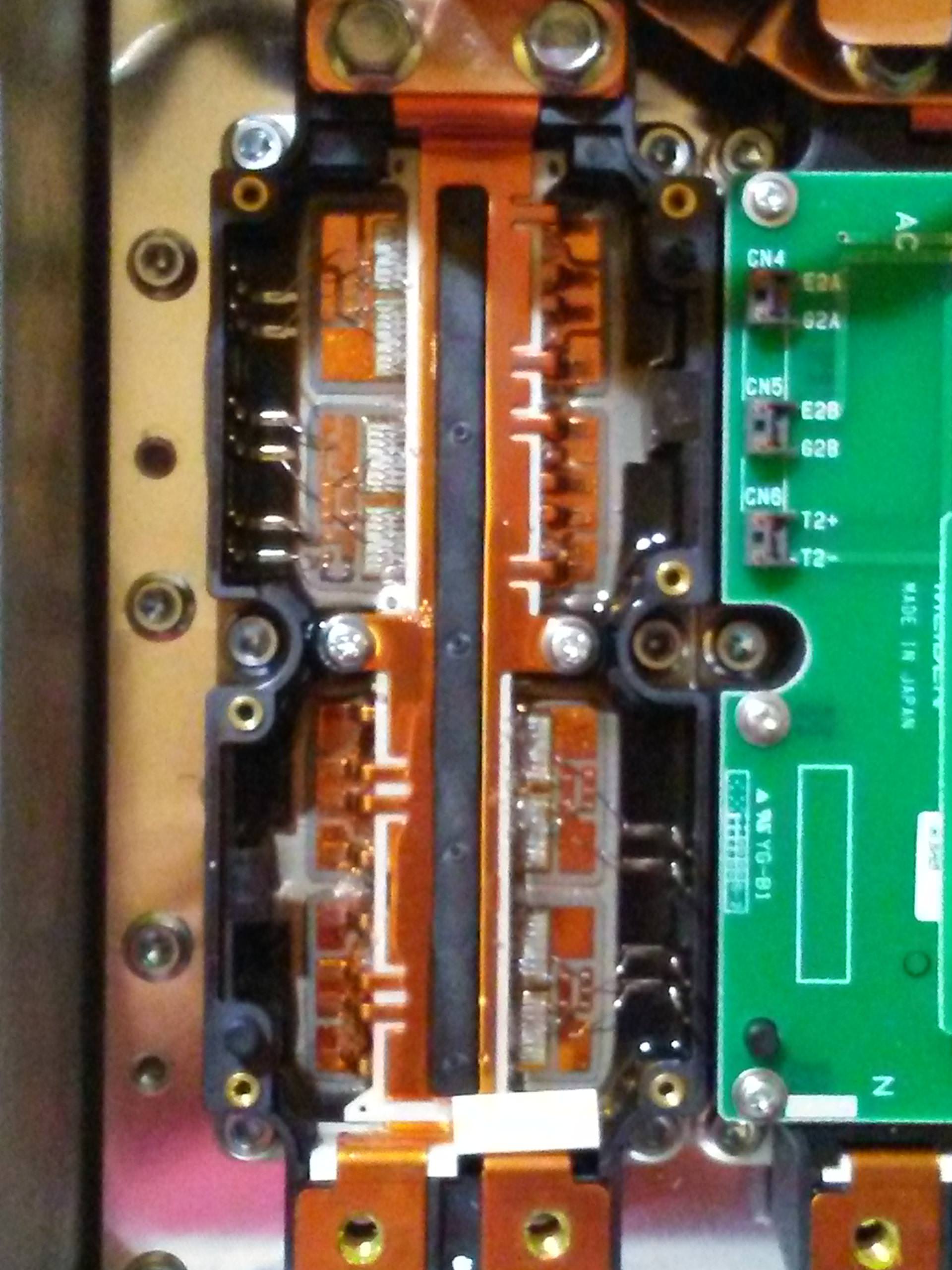Hello everyone,
I'm experiencing a breakdown on my 2012 C-Zero with a total of 110000km,
The car starts and goes into ready mode, as soon as I change gear P -> R / N or D, the light of the car with the exclamation mark appears, the car remains motionless no reaction to the pedal.
The 1st time the problem occurred the car had been stationary for 1 week outside (it rained a lot) and there was a bang at the rear when starting.
12V battery ok (less than a year old)
Car charges
fault code P1A2A
Anyone know the problem?
I'm experiencing a breakdown on my 2012 C-Zero with a total of 110000km,
The car starts and goes into ready mode, as soon as I change gear P -> R / N or D, the light of the car with the exclamation mark appears, the car remains motionless no reaction to the pedal.
The 1st time the problem occurred the car had been stationary for 1 week outside (it rained a lot) and there was a bang at the rear when starting.
12V battery ok (less than a year old)
Car charges
fault code P1A2A
Anyone know the problem?









































